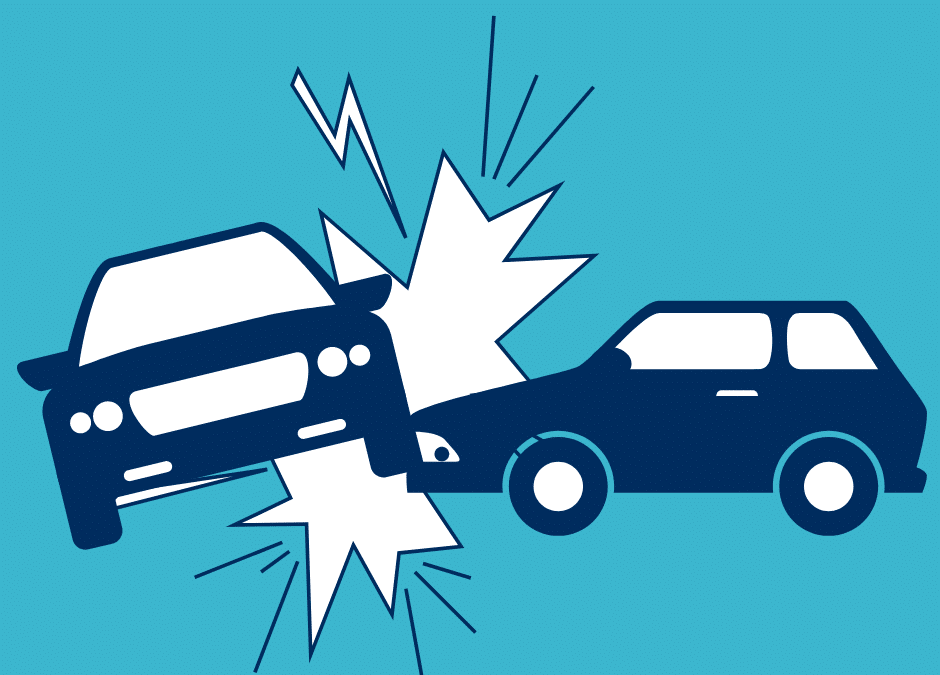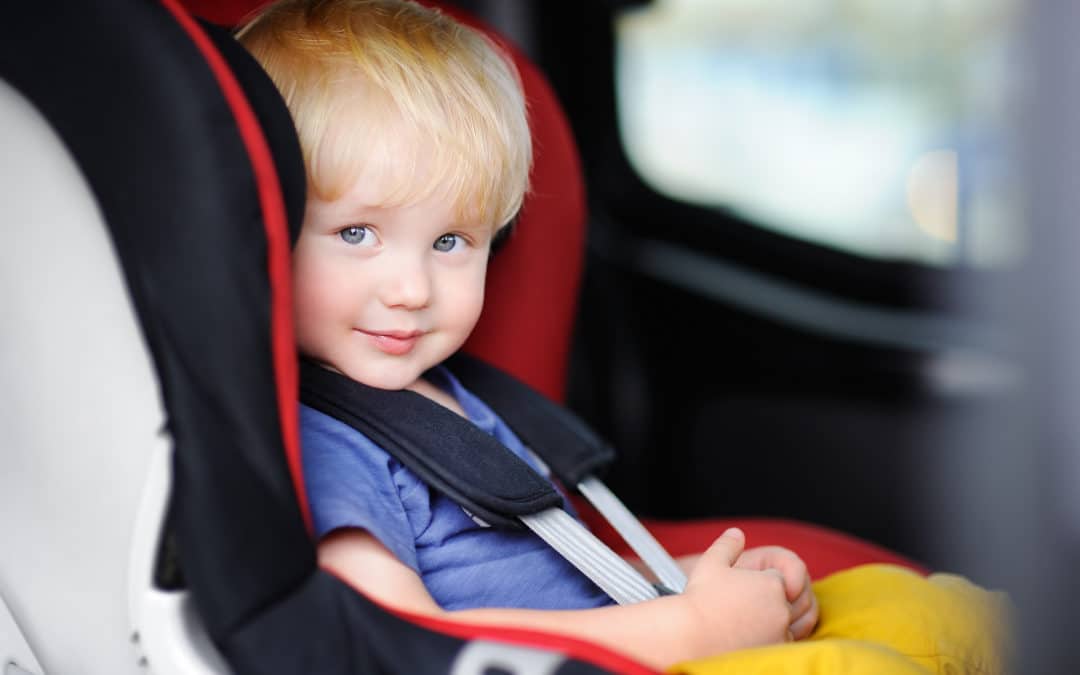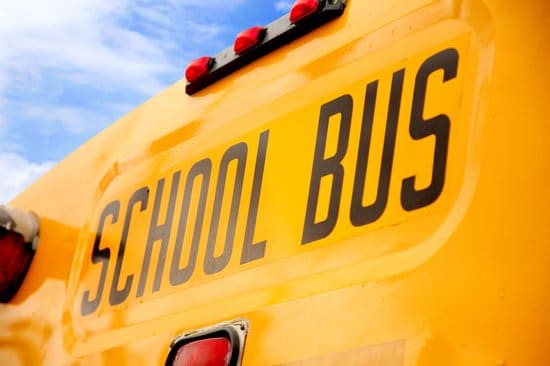
Teen Driver Safety Tips
For a parent, they are few things more frightening than handing over the keys to their teenage children for the first time. Especially knowing that the risk of crashing is the highest between 16-19-year-olds than any other age group.
These teen driver safety tips can help ease your worry and make sure your teen is safe and ready to get behind the wheel.
- Enroll Them In Driver Education.
A dilemma for many parents is deciding whether to teach their child to drive or leave it up to an expert. The National Highway Traffic Safety Administration (NHTSA) recommends enrolling new drivers in a driver education program. This can help develop life-long safe driving habits. Each state has a list of approved driver education programs, often found on your state’s department of motor vehicles website. A resource for all states can be found at www.dmv.org/drivers-ed.php. teen driver safety
To ensure young drivers have the training and experience they need, safety groups are pushing for a national, mandatory graduated driver licensing system (GDL), which has proven to save lives.
- Research Which Vehicles Are Safer for Them.
When shopping for a vehicle for younger drivers, The National Highway Safety Institute recommends:
-
-
- Looking for bigger, heavier vehicles that offer more protection (no mini or small cars were on the list)
- Avoiding vehicles with high horsepower
- Considering vehicles with an electronic stability control system to maintain traction and control on curves and slippery roads
-
The Insurance Institute for Highway Safety does extensive crash tests on cars and trucks to rate them for safety. Since many parents opt for a used vehicle for new teen drivers, they created a list of those that meet important safety criteria. The prices range from $2,000 to nearly $20,000. They found 53 “Best Choices” under $20,000, and 62 “Good Choices” that start at under $10,000.
Some of the “Best Choice” vehicles $20,000 or less include:
-
-
- 2007 and newer Volvo S80 – large cars ($4,000)
- 2013 and newer (built after October 2012) Volkswagen Passat – midsized cars ($6,600)
- 2014 and newer (built after October 2013) Mazda CX-5 – small SUVs ($10,700)
-
These are some of the recommendations for “Good Choices” priced at $10,000 or less:
-
-
- 2010-2016 Buick LaCrosse – large cars ($6,200)
- 2009-2014 Volkswagen Jetta sedan and wagon – midsized cars ($3,800)
- 2007-2011 Honda Element – small SUVs ($4,400)
-
Most of these vehicles now include safety technology – such as collision avoidance systems and full airbag protection for drivers and passengers. See the complete list at https://www.iihs.org/ratings/safe-vehicles-for-teens.
- Observe Their Driving Habits.
Before you let your new driver start on the road to independence, check that he or she knows the vehicle and understands safe operating procedures, such as:
-
-
- Adjusting the seat and mirrors before leaving the driveway
- Putting on seat belts and ensuring that all passengers are buckled in
- Using turn signals
- Looking in all directions before pulling into traffic (even at green lights)
- Accelerating and braking smoothly
- Following at a safe distance
- Avoiding distractions
-
To help avoid confrontations with irate drivers, parents can put a “New Driver” sticker on the vehicle the new driver will be using.
- Reinforce the Dangers of Distracted Driving.
Distracted and inattentive driving is one of the leading causes of crashes for all drivers. Especially for teens. The crash rate for newly licensed teens was almost double that of teen drivers with a few years of experience, according to the NHTSA.
Here are some strategies to help prevent inattentive driving:
-
-
- Pledge, along with your teenage driver, to avoid texting or using social media behind the wheel.
- Use apps that block incoming calls and texts, and send alerts when the app is turned off.
- Teach children to speak out when they are with a driver who’s distracted.
- Request that they not speed, goof off, or drive impaired (or get into a car with someone who is upset or impaired).
- Help your teen map out routes and create music lists before heading out.
-
Impact Teen Drivers, a non-profit founded through a partnership between California Association of Highway Patrolmen, California Casualty and California Teachers Association, offers free, creative ways for parents and teens to educate young drivers about the dangers of distracted and careless driving. Visit www.impactteendrivers.org to learn more. teen driver safety
- Fully Insure Your Teen Drivers.
While higher auto insurance premiums are a hard reality for parents, you don’t want to skimp on your coverage. Did you know that California Casualty has really good rates for teen drivers?
Lack of experience behind the wheel makes them more likely to be involved in a collision, even a minor one. Increasing your liability limits, and adding full coverage, ensures that your insurance is enough to cover your assets. (Now is also a great time to learn more about an Umbrella Policy if you don’t already have one.)
Here are some ways to help manage the insurance costs for teen drivers:
-
-
- Take advantage of good student discounts
- Purchase cars that have modern safety features and a good safety rating
- Consider a monitoring system that tracks your young driver’s habits
- Enroll them in a defensive driving course
- Cut driving miles by carpooling and using mass transit
- Let your insurer know if the driver is away at college
-
Hopefully, your teen driver will gain experience, and you’ll feel more confident each time they get behind the wheel, knowing they are in the safest vehicle, armed with the best advice, and are paying attention to the road and other drivers.
This article is furnished by California Casualty, providing auto and home insurance to educators, law enforcement officers, firefighters and nurses. Get a quote at 1.866.704.8614 or www.calcas.com.




